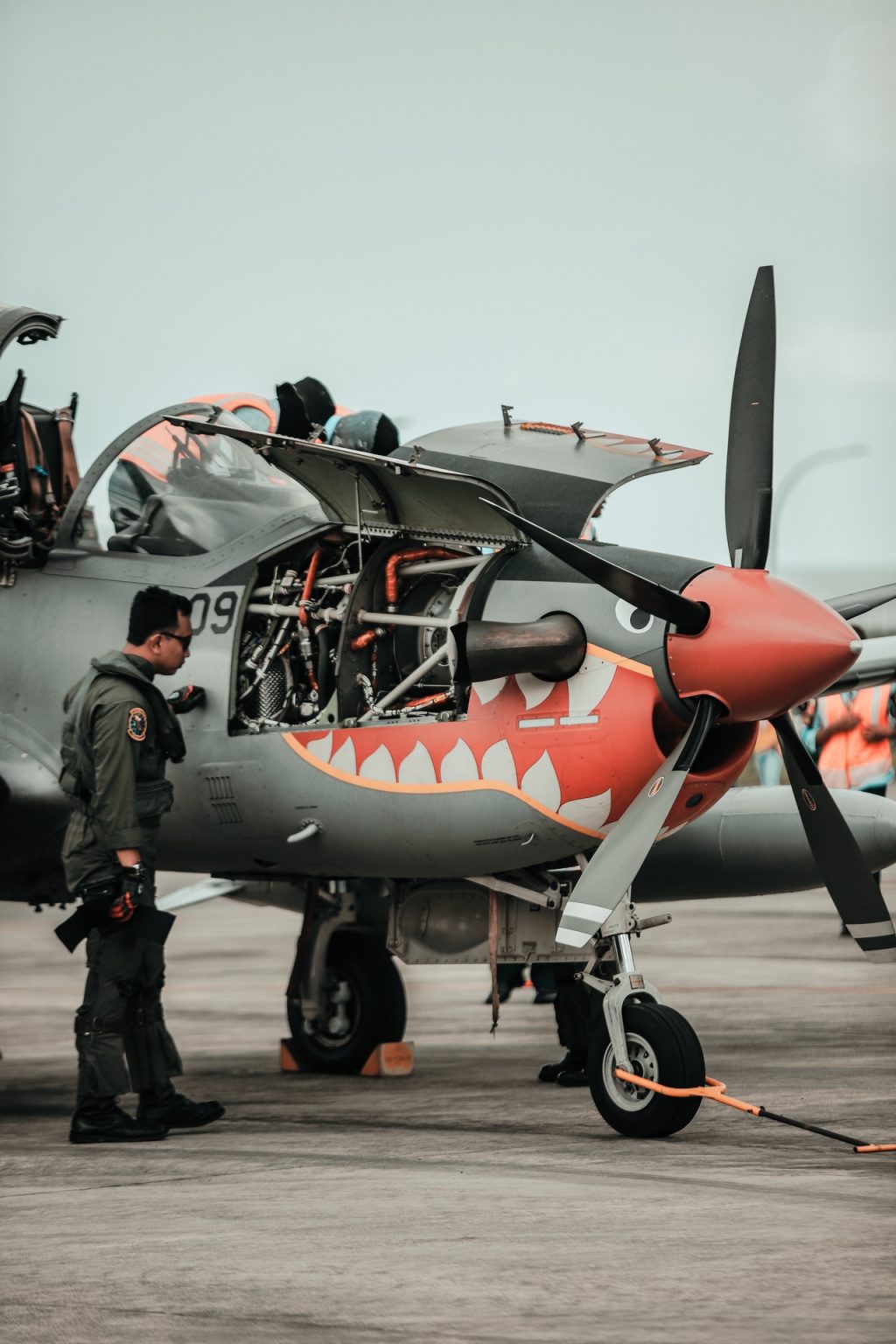Helicopter engines performance is crucial in ensuring that you enjoy a safe travel experience. However, as time goes, engines wear off. Without proper inspection and maintenance, the helicopter’s engine not only poses risks of accidents but also reduces operations efficiency. As such, routine inspections are necessary.

Helicopter inspection
Regardless of the engine type, its performance will change in time, stressing the need for power assurance checks (PACs). PACS allows you to have a better understanding of the turboshaft engine performance in real time. The real-time data also comes in handy in keeping an eye on the engine’s changing conditions.
Apart from the data, manual inspection is indispensable. This inspection helps to establish parts that may be compromised, for instance, blockage or apparent wear of engine parts. To ensure that the appropriate inspection procedures are employed, following the detailed procedures as recommended by the engine’s manufacturer should be observed.
Common helicopter engine types
There are two common types of engines in the helicopter world. They are as highlighted below:
Reciprocating engines
Also known as piston engines, the reciprocating engine is commonly found in smaller helicopters. They are easier to operate and inexpensive to maintain. The engine consists of a series of pistons connected to the rotating crankshaft. Four-stroke engines are the most common models in this category.
Turbine Engine
Turbine engine consists of the compressor, gearbox assembly, combustion chamber, and the turbine. The compressor consists of either the centrifugal compressor or the axial compressor and for some engines both. For the engine to operate, the compressor compresses air which is fed into the combustion chamber and atomized fuel is injected into it. The fuel and air mixture is then ignited and allowed to expand, and the gas is subjected to a series of turbine wheels that causes them to turn. The turbines in return provide power to the engine compressor and the rotor system via an output shaft.
Keeping in mind that a helicopter’s engine is composed of different components, a thorough inspection may seem to be an impossible undertaking. However, as daunting as it may seem, with the right information and tools, it is easily carried out. One of such important tools is the borescopes.
How borescopes help
Some helicopter engine areas are too small, remote, or inaccessible in other means. Such areas could only be effectively inspected if the engines were to be disassembled. However, with a borescope, the tiring, time consuming and unnecessary procedures are eliminated. All you have to do is to direct the borescope to the target area by inserting it through the small openings. From there, you can thoroughly inspect all the area through the borescope’s lenses.
A thorough helicopter engine inspection is paramount in ensuring that it gets the right maintenance for safer and efficient operation. The standard engine manufacturer’s inspection guidelines are crucial, but for a more comprehensive inspection, relying on the modern tech such as the borescopes enhances the success rate of safer helicopter experience.


